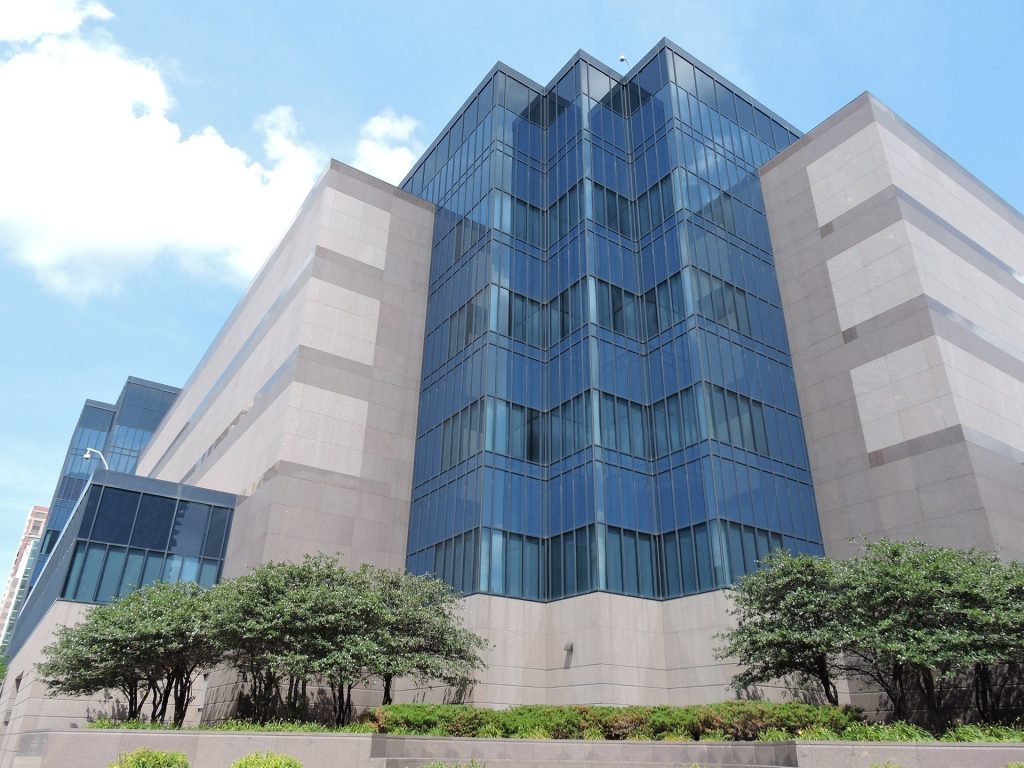Minnesota has long been known for its natural beauty, thriving arts scene, and bustling metropolitan areas. In recent years, however, the state has also gained recognition for its robust economic growth and development. From new businesses to job creation, the Minnesota economy is on the upswing, making it an exciting time for residents and investors alike.
One of the key drivers of Minnesota’s economic growth has been the opening of new businesses. In recent years, the state has seen an influx of startups and entrepreneurs, attracted by Minnesota’s favorable business environment and supportive community. One notable example is the electric vehicle manufacturer, Rivian, which opened a manufacturing facility in Normal, Illinois in 2021, but has also announced plans to open a factory in Minnesota, potentially creating thousands of jobs in the state.
In addition to startups, established companies are also expanding in Minnesota, creating new jobs and driving economic growth. Target, one of the state’s largest employers, recently announced plans to add thousands of new jobs in the Minneapolis area, thanks to the company’s ongoing investments in its supply chain and e-commerce capabilities. Similarly, healthcare giants like Mayo Clinic and UnitedHealth Group are expanding their presence in the state, adding to the growing number of jobs in the healthcare sector.
Overall, the economic outlook for Minnesota is positive. The state’s unemployment rate is lower than the national average, and its GDP has consistently outpaced the rest of the country. Additionally, Minnesota’s diverse economy, which includes strong sectors such as healthcare, finance, and manufacturing, has helped insulate the state from the worst effects of economic downturns.
But economic growth and development don’t happen in a vacuum. To continue its success, Minnesota must continue to prioritize investments in education, infrastructure, and workforce development. For example, the state’s Department of Employment and Economic Development has created a range of programs and initiatives to help connect job seekers with training and employment opportunities. The state has also invested in improving its transportation infrastructure, which is crucial for businesses that rely on the efficient movement of goods and people.
In conclusion, the economic development of Minnesota is a testament to the state’s strong business environment, supportive community, and diverse economy. From new businesses to job creation, Minnesota is experiencing a period of growth and expansion that is set to continue into the future. As the state continues to invest in education, infrastructure, and workforce development, the outlook for the region looks bright, and residents can look forward to a vibrant and prosperous future.
